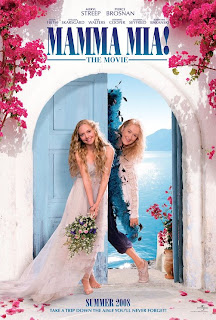
This segment is great for children. Play it from the beginning up to 3'22. Ask
 your stud
your stud ents to watch the segment with attention and decide what the robots are doing during the scene. Tell the students that the list below contains the activities that robots perform everyday. Ask them to check the ones they can see the robots doing during that specific morning.
ents to watch the segment with attention and decide what the robots are doing during the scene. Tell the students that the list below contains the activities that robots perform everyday. Ask them to check the ones they can see the robots doing during that specific morning.( ) They play in the streets.

( ) The ice cream vendor sells ice cream.
( ) They drive cars.
( ) They play soccer.
( ) They work inside the stores.
( ) They swim in the pool.
( ) They feed the chicken.
( ) They listen to classical music.
( ) They take care of the traffic.
( ) They smoke cigarette on the street bench.
( ) They mow the lawn.
( ) They make babies.
( ) Baby robots cry.
( ) They eat in restaurants.
( ) Humans play with the robots
( ) Police robots control the traffic.
Now ask your students to rewrite the sentences above using the present continuous, affirmative or negative statements, according to the information presented. Students have to say what they are (not) doing during that morning.
Ex:
1 - Some robots are playing in the streets.
2 - An ice cream vendor is selling ice cream.
Kinesthetic Game:
Take pictures of your students performing the actions the robots are doing in the segment (or any other action they want). They can’t see each other while you are taking their pictures. Prepare a slideshow with the pictures (you may use an I-Pad to do it). Finally, show the slides and the students have to write sentences saying what their peers are doing:
Ex:
Mariana is driving a car.
Jonas is selling ice cream.
The students who identify most actions and write most correct sentences are the winner.
WORKSHEET
 Before watching the movie segment:
Before watching the movie segment:



































.jpg)









